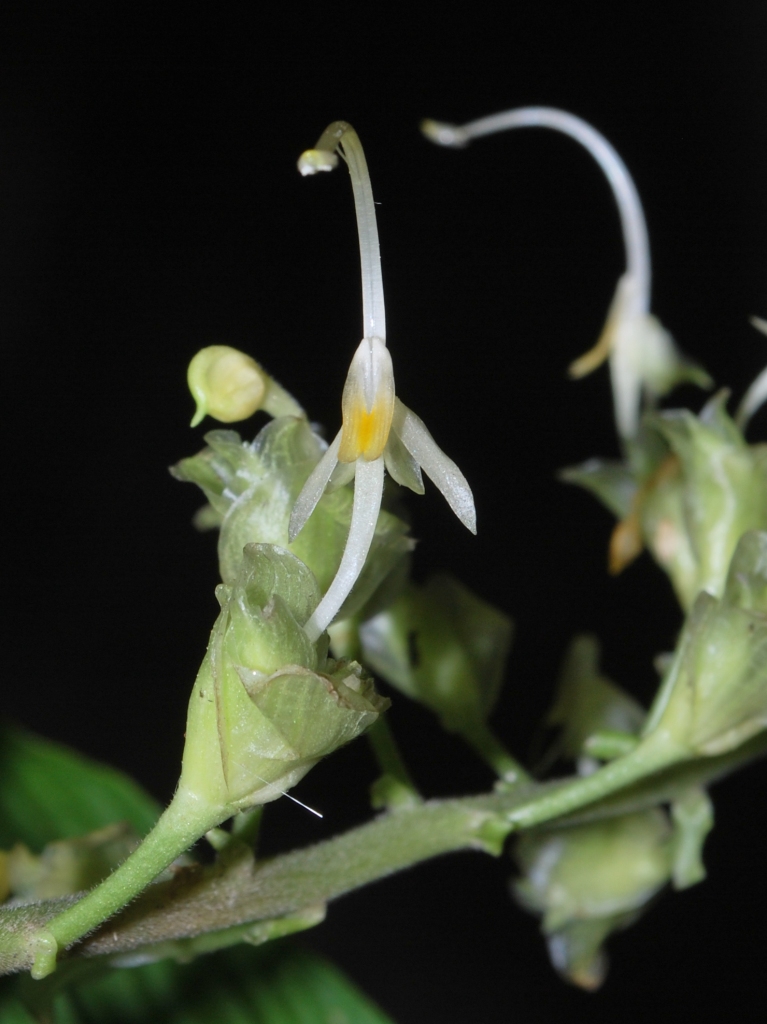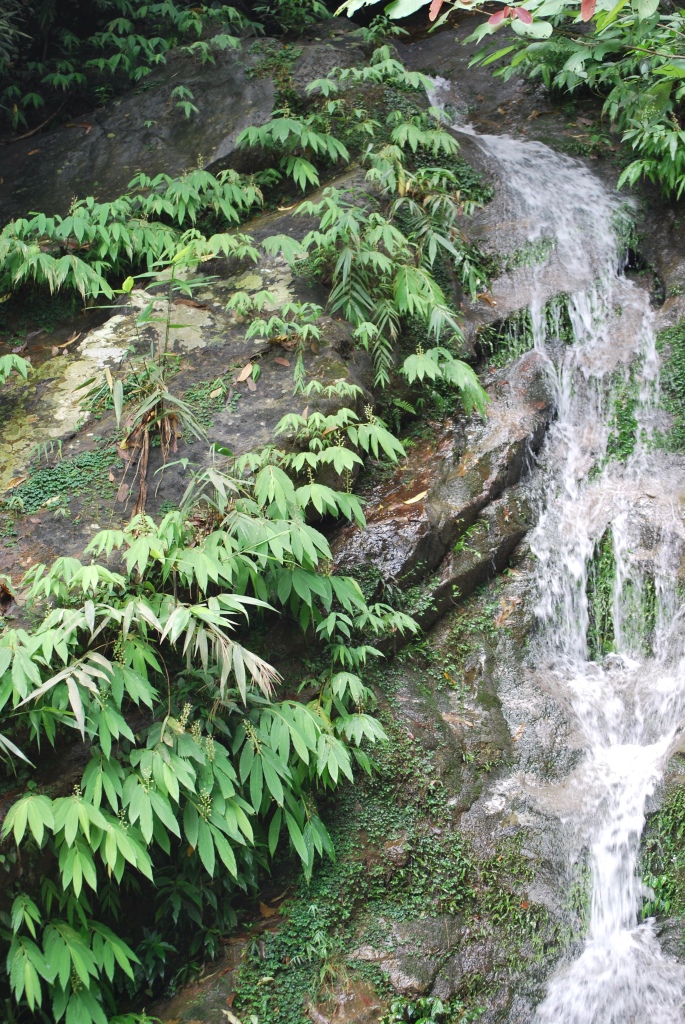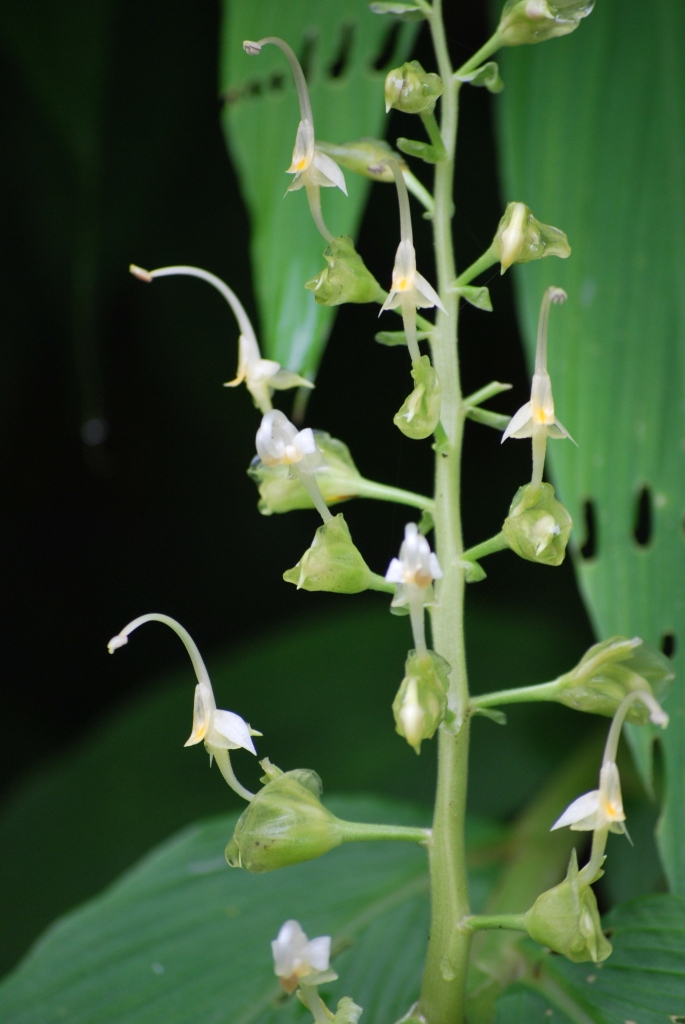“Globa andersonni’, one of the critically endangered species from Sikkim Himalaya was rediscovered after a gap of 136 years as it was presumed to be extinct. This research was recently published in an international journal ‘Botany letters’.
This research was conducted by Pune-based, Dr Sachin Punekar who is also a former scientist at Botanical Survey of India, Sikkim Himalayan Regional Centre, Gangtok and Founder of Biosphere, JayaKrishnan Thachat of the University of Calicut, Vadakkot Sankaran Hareesh and Maiyil Sabhu from Malabar Botanical Garden and Institute for Plant Sciences Kozhikode.

Dr Sachin Punekar, one of the researcher said, “Globba andersonii which is also known as dancing ladies or swan flowers which belongs to Zingiberaceae (belongs to Ginger or turmeric family). It is critically Endangered taxon (species), narrow endemic of Teesta river valley i.e. in Sikkim Himalaya and Darjeeling Hill Ranges. However, this taxon was thought to be presumably extinct in the wild. The last live collection of this taxon was done in 1875 and now we were able to collect this taxon from Sevoke Hill Forest, near Coronation Bridge in the ghat region in July 2011 after a gap of 136 years.”

‘Globa andersonni’ grows in a dense colony on rocky slopes in the outskirts of evergreen forests near small waterfalls along the roadside. It is an endemic species. Endemic species are those plants and animals that exist only in one geographic region. Since the habitat of endemic species are restricted to a particular location, therefore they are often endangered as they face threat of extinction due to rapid urbanisation or climate change. These endemic species also plays an important role in the protection of natural eco-system by protecting the native bio-diversity of that particular location.

Dr Punekar also suggested measures to conserve this taxon. He said, “The natural habitat of this taxon should be given complete protection. With the help of micro-propagation, tissue culture of this taxon and multiplication of this species and its re-introduction in the natural habitat could be the key for its better survival. Domestication of this wild ornamental can also play a significant role to conserve this species as it has beautiful foliage and white flowers.”

